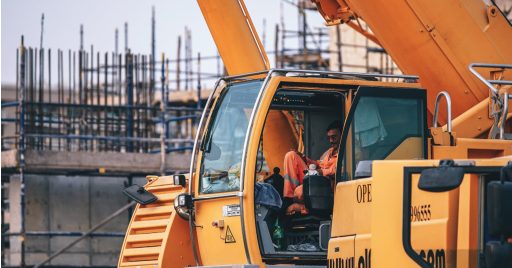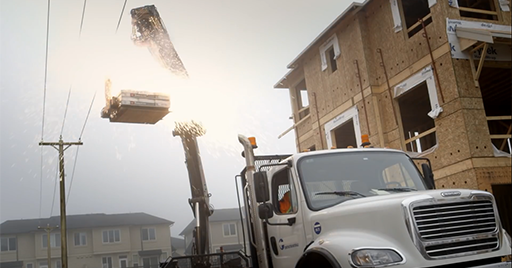Mobile crane accidents often cause death and injuries besides a significant loss of the asset. According to OSHA, in the United States, fatal incidents related to cranes result in 71 deaths every year. For instance, in 2014, in California, two employees got killed when their personnel basket fell 80 feet, or in 2008 one worker got killed while the mobile crane’s boom hit with a 22,000-volt overhead power line.
Hydraulic mobile cranes are among the most common machinery in every construction job site or oil and gas industry. Therefore, employers and ESH managers must create a safer, more productive job site while using a mobile hydraulic crane to improve time and labor.
There are five practical tips for working safer with a mobile hydraulic crane:
1- Employ the experienced and licensed operator of the mobile hydraulic crane.
Since modern hydraulic mobile cranes are incredibly complex machines, employers must ensure that only a professional worker operates the crane. The proper crane operator is the one who is qualified, experienced, and licensed. He must be aware of all hazards in the job, such as falling from heights and electric shock, besides operating in harsh weather and intense sunlight.
He should take all essential steps to ensure that the crane is in a safe condition and follows the mobile hydraulic crane manufacturer’s instructions. The crane operator must also comply with the employer’s policy and communicate well with the other workers and managers on the job site.

2- Watch out that all the lifting items are adequately secured.
Improper loading has caused the majority of crane-related fatal accidents and injuries. There are several regulations and standards for secure loading. Operators and EHS members must be aware of those regulations and take them seriously because even small objects like water bottles, bolts, and toolboxes through unsecured loading could be dangerous.
Employers must be assured that every crew member understands how to secure each load during working with a mobile hydraulic crane. Therefore assigning a supervisor or lead hand could be efficient. They can check every item twice or even more to ensure that everything is secure and comply with the regulations.
3- Place the mobile hydraulic crane in an appropriate area.
The crane requires enough clear space for both the outriggers and the boom to swing. Since it’s designed to move fast and be efficient in relatively small areas, it must be located carefully. The proper location depends on the crane’s size, the length of the boom, and the lift’s height.
Many accidents occur while the mobile crane is placed in an improper area, like when it is incredibly close to a high voltage overhead power line; therefore, a much clearer area is a safer place for working with a crane.
If employers or ESH managers are unclear about the amount of space needed to install and operate the mobile crane safely, they can check with the crane service first.

4- Never rush; working with the mobile crane needs time.
There are some times when the project deadline is so tight, and managers decide to ignore some safety regulations, but it could be a disaster when it comes to working with mobile cranes. Authorities must always be aware that working with heavy equipment needs time and rushing is never a good idea.
A lack of attention to detail is one of the most common causes of work site injuries and accidents, so there must be plenty of time to check loads, communicate with the operator, and clear any obstructions on every lift.
5- Keep a safe distance away from the load and the crane.
Every ground worker must maintain a safe distance. Since working with mobile cranes are common in job sites, sometimes workers feel overly confident working around cranes despite all the fatal accidents caused by mobile cranes.
There must be a determined working perimeter around the mobile hydraulic crane which every visitor, contractor, or worker must maintain a distance from it. Additional supervision could be essential during loading by a mobile crane.
Although those tips seem straightforward and easy, all employers and EHS managers must remember that 71 people die during working around or by a mobile hydraulic crane every year only in the United States.